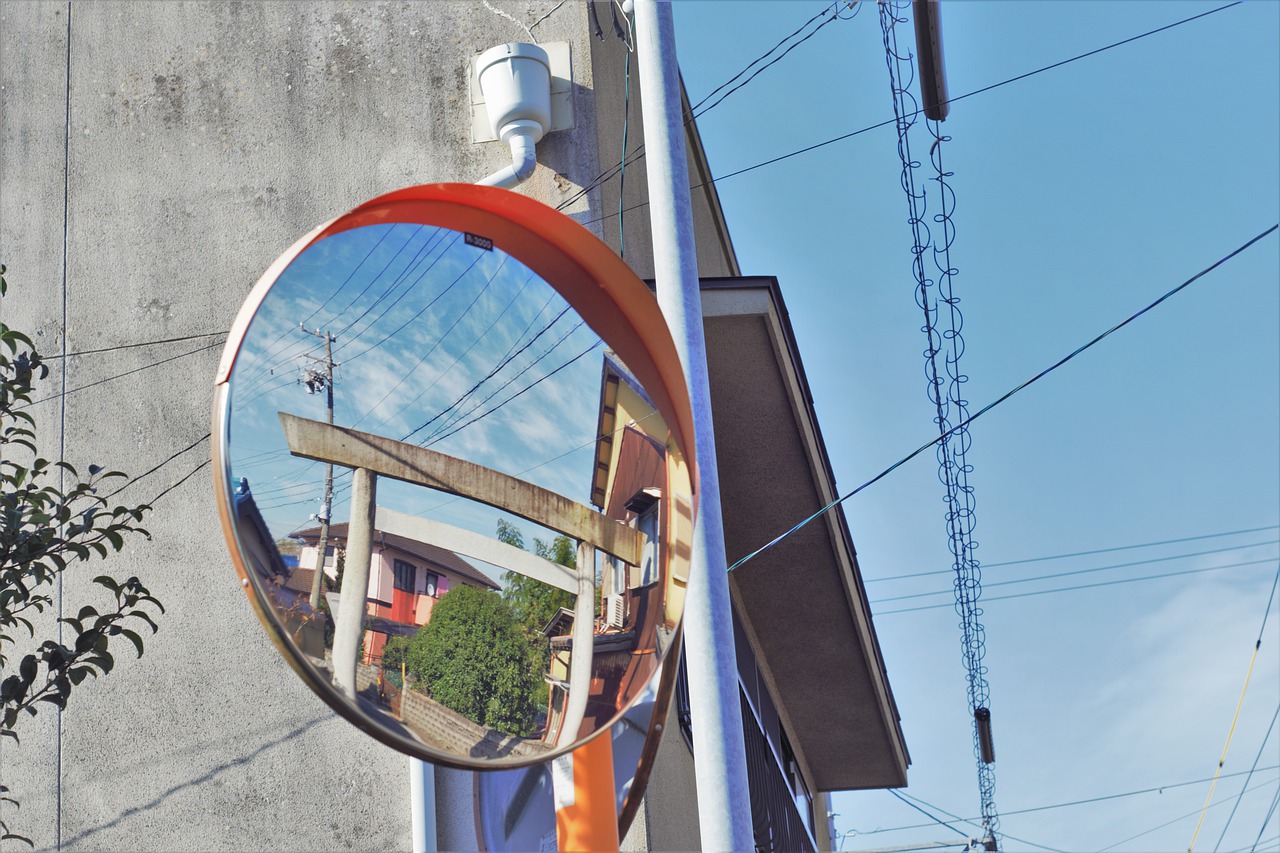

Simultaneously, these optics also produce a much lower-intensity, wide-angle area of the beam that is useful for finding where to point the narrow, high-intensity portion of the beam. To illuminate objects at longer distances, optics that produce a narrow, high-intensity (high-candela) beam are needed. High candela is often required for long-range applications. The brightest (i.e., highest candela value) light is at the beam’s center, and it gradually or abruptly diminishes in brightness as it moves out to the far edge of the beam, depending on the optic in question. Generally speaking, these beams of light are circularly symmetrical.ĬANDELA - or “candlepower” - is the unit of light intensity that quantifies the brightest spot in the beam. When discussing beam configuration, we are describing how the light being emitted (measured in lumens) is distributed in the beam of light from the handheld flashlight, WeaponLight, WristLight, or other SureFire tactical illumination tools.

And our patented IntelliBeam® technology instantly and automatically adjusts light output based on the distance to target. Of course, there are times when you may want less light, such as when reading a map, which is why many SureFire products let you select from multiple light levels. In low light and darkness, self-supplied illumination will often be required to locate and identify potential or manifest threats - and to visually impair them if needed. Generally speaking, the more light available, the better, especially in deadly force situations. The total amount of light emitted by the device is measured in LUMENS.

This range is the point at which the reflected light converges outside the reflector.The first things to consider in choosing a SureFire light are how much light you need and the specific beam characteristics. A secondary focal length determination is also needed for proper focusing of ellipsoidal reflectors. When working with elliptical reflectors this measurement is determined as the distance of the light source from the reflector. Primary length is determined as the length from the center of the reflector to the point where reflected collimated light converges for parabolic reflectors. Parabolic reflectors and ellipsoidal reflectors are placed at a specified distance from the point to which an incident bundle of parallel light rays will converge. Because ellipsoidal reflectors can enhance light collection without dramatically increasing heat in the illumination plane, they are an ideal selection for many projection and general illumination applications. Ellipsoids collect a much higher fraction of total emitted light than a spherical mirror. Light from one focus passes through the other, after reflection. Unlike standard parabolic mirrors, these mirrors direct and focus incident collimated light at a specific angle, allowing unrestricted access to the focal point.Įllipsoidal reflectors have two conjugate foci.
#Parabolic reflector full#
The focal point is off the mechanical axis, giving full access to the reflector focus area. Off-axis paraboloid reflectors are a circular segment from one side of a full paraboloid. On-axis parabolic reflectors collect radiation from a source at its focal point, and reflect it as a collimated beam, parallel to the axis. There are three specific types of parabolic reflectors and ellipsoidal reflectors, differentiated by the location of their foci in relation to the axis, or in the case of ellipsoidal reflectors, their distinctive shape. These devices resemble small satellite dishes in their parabolic geometry, with a small hole either in the center, or offset a few degrees, to focus and project a light beam. Parabolic reflectors and ellipsoidal reflectors are used to maximize illumination or projection system output by increasing light source efficiency.


 0 kommentar(er)
0 kommentar(er)
